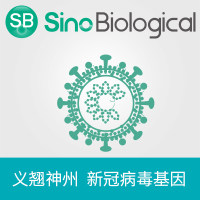High-Throughput Analysis of MicroRNA Gene Expression Using Sensitive Probes
互联网

互联网

相关产品推荐

SARS-CoV-2 (2019-nCoV) Spike Gene ORF cDNA clone expression plasmid (Codon Optimized)
¥4690

OPN1LW/OPN1LW蛋白Recombinant Human Long-wave-sensitive opsin 1 (OPN1LW)重组蛋白Long-wave-sensitive opsin 1(Red cone photoreceptor pigment)(Red-sensitive opsin)(ROP)蛋白
¥9720

Roche 4887301001 LightCycler 480 Probes Master 10x 5ml 探针法实时定量试剂盒
¥13200

人脐动脉内皮细胞MicroRNA
$302
![四[N-邻苯二甲酰-(S)-叔亮氨酸基]二铑双(乙酸乙酯)加合物;154090-43-4;Elemental analysis(Nitrogen) 3.30 to 4.50 %;V66234-25mg](https://img1.dxycdn.com/p/s14/2025/1029/004/8672158669127143891.jpg!wh200)
四[N-邻苯二甲酰-(S)-叔亮氨酸基]二铑双(乙酸乙酯)加合物;154090-43-4;Elemental analysis(Nitrogen) 3.30 to 4.50 %;V66234-25mg
¥399
相关问答

